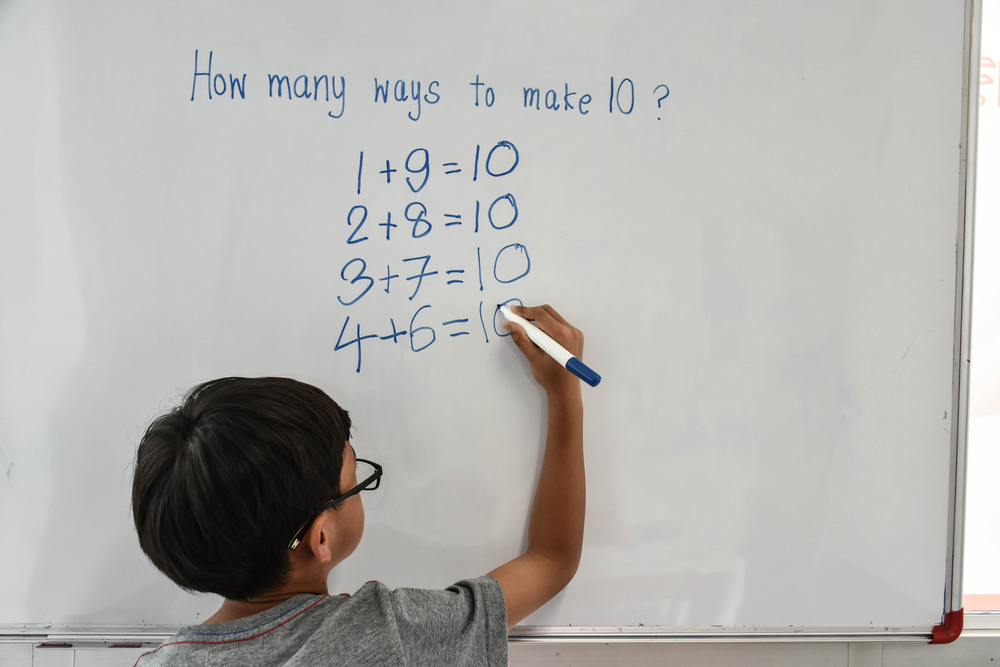Understanding patterns Numbers Worksheets for Ages 3-8
7 filtered results
-
From - To
Discover our engaging Understanding Patterns Numbers Worksheets designed specifically for children ages 3-8! These resources aim to enhance your child's math skills while making learning fun and interactive. Through colorful activities, kids will explore number sequences, visual patterns, and basic mathematical concepts, helping them build a solid foundation in early numeracy. Our worksheets promote critical thinking and cognitive development, encouraging young learners to recognize and recreate patterns in diverse shapes and forms. Perfect for home or classroom use, these worksheets are ideal for fostering a love of math from a young age! Download now and watch your child thrive in understanding patterns!


Making a Graph: Flowers Worksheet
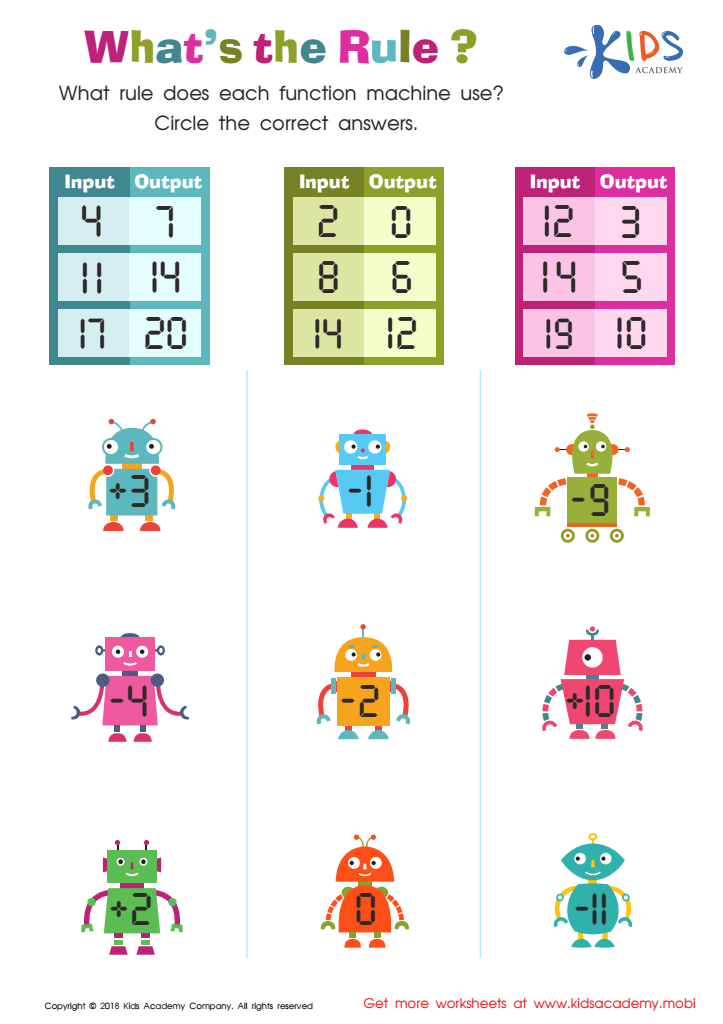

What's the Rule Worksheet
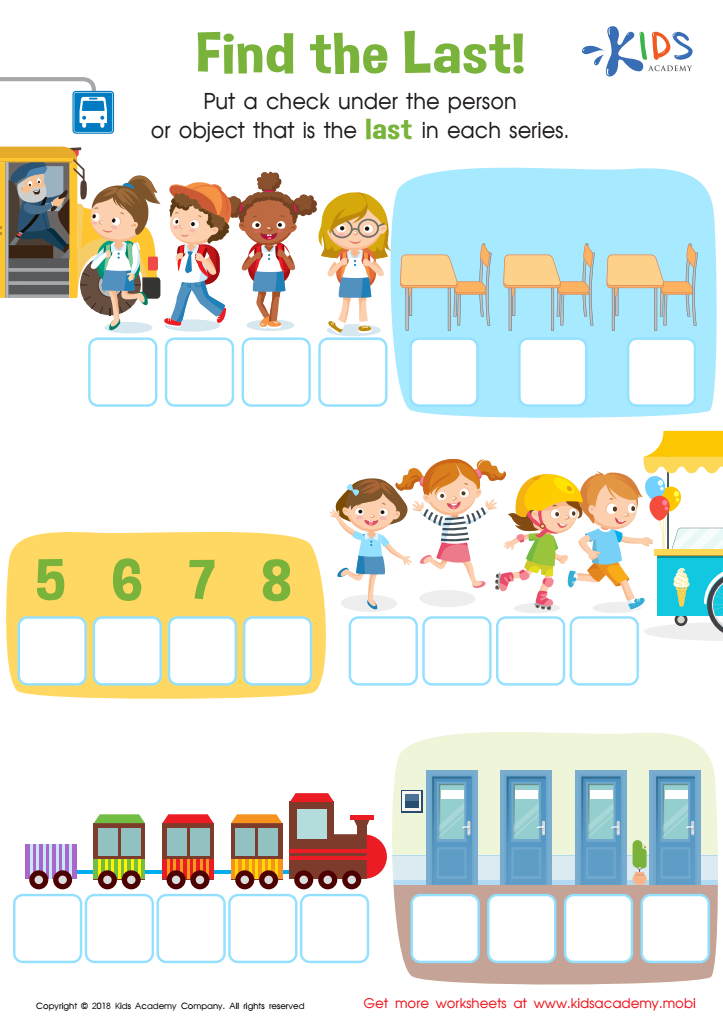

Find the Last! Worksheet
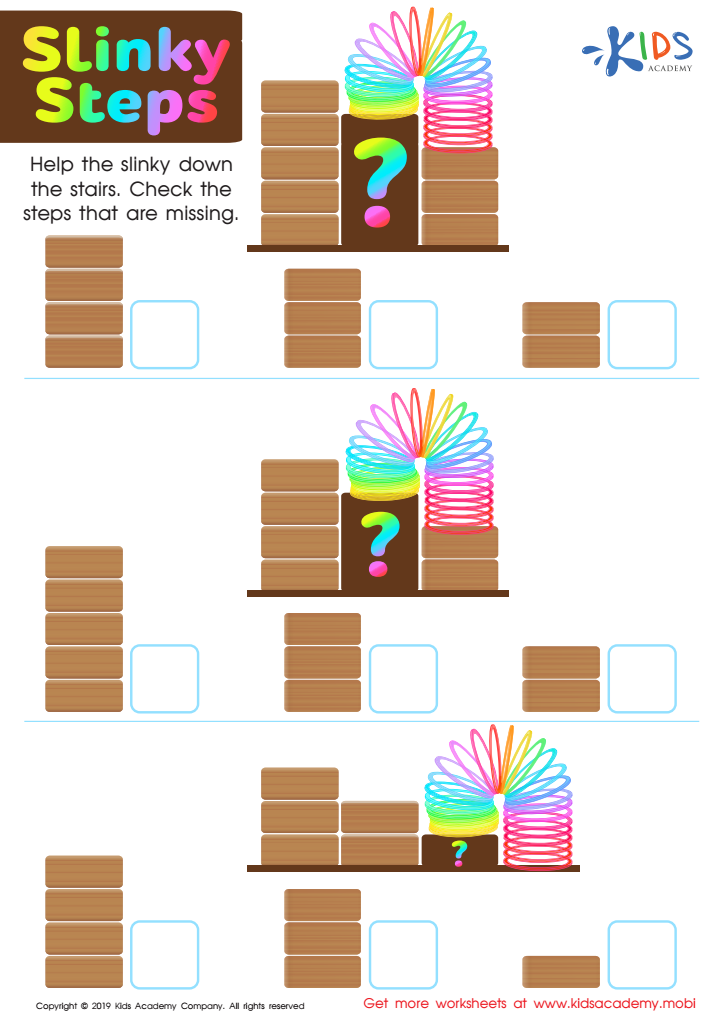

Slinky Steps Worksheet


Boomerang Addition Worksheet
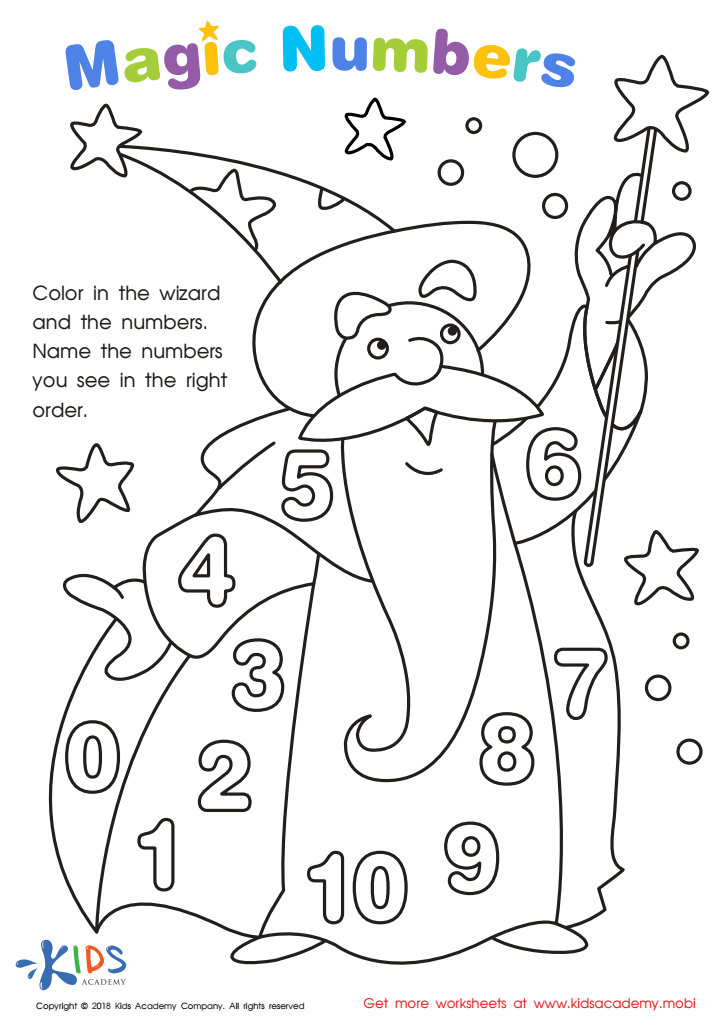

Magic Numbers Worksheet
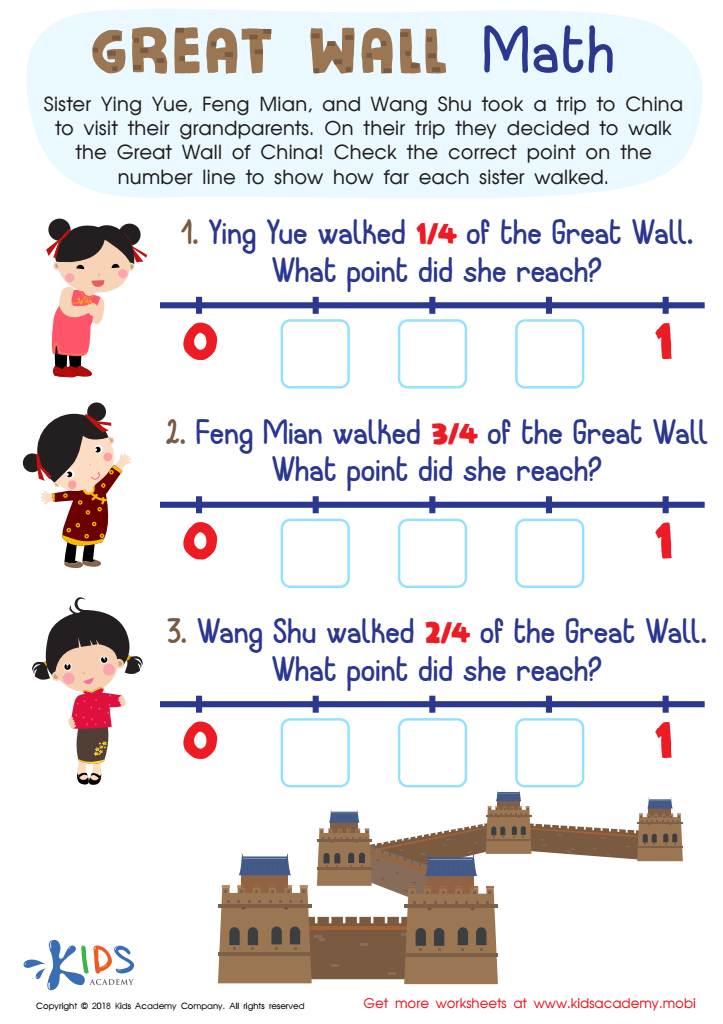

Great Wall Math Worksheet
Understanding patterns and numbers is crucial for children aged 3-8, as it serves as the foundation for their mathematical development and critical thinking skills. At this early stage, children start to develop the cognitive abilities needed to recognize and predict patterns in their environment, which enhances their problem-solving capabilities. Patterns and numbers are intrinsically linked to daily life, from understanding sequences in nature to organizing objects and counting items.
Parents and teachers should prioritize this area of learning because it fosters a love for mathematics and encourages curiosity. Early exposure to patterns—in shapes, colors, and routines—helps children make connections, which is essential for later skills such as addition, subtraction, and basic algebra. Engaging in activities that highlight patterns, like music, art, and games, not only makes learning fun but also helps build social skills and cooperation.
Moreover, understanding patterns can boost children's confidence in their ability to tackle more complex mathematical concepts later on. By focusing on this foundational aspect of math during these formative years, parents and teachers can ensure that children develop a strong, positive relationship with numbers, setting the stage for a successful academic journey.
 Assign to My Students
Assign to My Students





